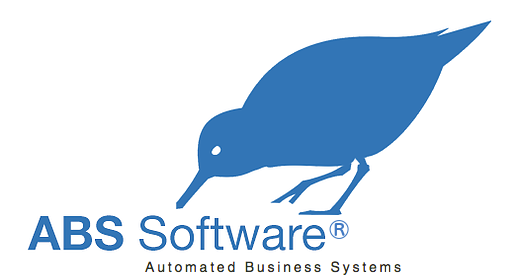Office 365 has an impressive array of services with the business offering including email and planning.
This list of available functions however includes a lot of DIY. Setting up email, configuring users, making apps work together, setting up and configuring Sharepoint and perhaps the most daunting is understanding the language used to perform tasks. i.e. Planning a job requires it to be put “In a bucket” for instance.
Not very helpful language especially if all you want to do is get on with the work your business generates.
More like Alchemy than running a business?
The biggest advantage would be having access to Microsoft’s office suite.
Word
Excel
Powerpoint
OneNote
OneDrive
With Access DB and Publisher being PC only.
Of course there are plans that don’t include desktop versions of these so everything is web based and cheaper.
How does this compare with a system designed from the ground up to do exactly what you need for your business?
One of the biggest problems with Office 365 is the creation of spreadsheets.
Let’s take an example where the requirement is to report daily sales figures.
This is one of those repetitive tasks that is often carried out using spreadsheets.
Everyday a spreadsheet (once it has been formatted correctly) is saved as a new daily record, the current data is removed or an empty template is used. Data is entered from various sources, checked and then disseminated to interested parties.
We have to understand that with Office 365 invoicing is limited to a business subscription and that the invoice layout has to be designed by you to reflect your business look and feel.
Also let’s say your business sells items and labour, so to create an invoice these items will have to be entered manually as they will not be stored anywhere in Office 365 as there is no database (Access can be used but lots of DIY to get it to work the way you require and it is not cross platform on the desktop).
One way to share Access DB is deploy Access in the cloud by using a remote desktop (remoteApp) on a terminal server. But that’s one more moving part to look after.
Office 365 is cloud based and although the main office suite is available for desktop and offers synchronisation with online data this again has to be set up by the user and there are no options for running your own server and keeping hold of your data! Stop paying and lose access to your data.
Let us compare this operation to a fully integrated database system.
Integrated DB.
One application contains all your business processes and is designed for you through consultation to discover what you require to run your business efficiently. This design process makes sure that data of any sort is only entered once and the business gets exactly what it requires.
The database can be cloud based or on your own server.
i.e. Lets say your company sells services which include labour and parts, these can be carried out onsite or in your own facility.
The customer would be entered in the CRM database or accessed from there if an existing customer.
Planning when the job is to be done would involve creating a job and scheduling it to suite both you and your customer, this can be achieved through a visual drag and drop calendar and staff easily assigned.
Once the job is done it can be invoiced from the details contained in the job.
The daily report takes one click as it is already set up and uses data already entered during the course of interacting with the customer.
All data is always available in the database and not spread about in a cloud storage drive as individual spreadsheet files at the whim of various users.
Any one with the correct permissions can see activity at a glance no matter which device they use or where they are (through a 3g or better connection or using a connected app on their phone or tablet which doesn’t required a connection to operate as when connected the data synchronises with the main database.
Finally the database belongs to your company; as although there a various subscription models there is also the option of outright purchase that provides unlimited use without further payment.
The DB can be updated at any time with new features as your business grows and evolves.
Conclusion:
Microsoft’s offering has it’s benefits such as the office suite but if you value your data and do not want to spend extra time on configuring, troubleshooting, constantly updating spreadsheets, building features that could be gone in the next update, then a bespoke business system honed to your requirements that makes following your business process easy and gives users a concise simple to understand interface could be the way to go. But as always a mixed approach could suit depending on the type of work your business does. Where day to day interactions are with a core customer base and generating new leads, a database gives data security, flexibility and efficiencies not matched by a spreadsheet driven business system.


